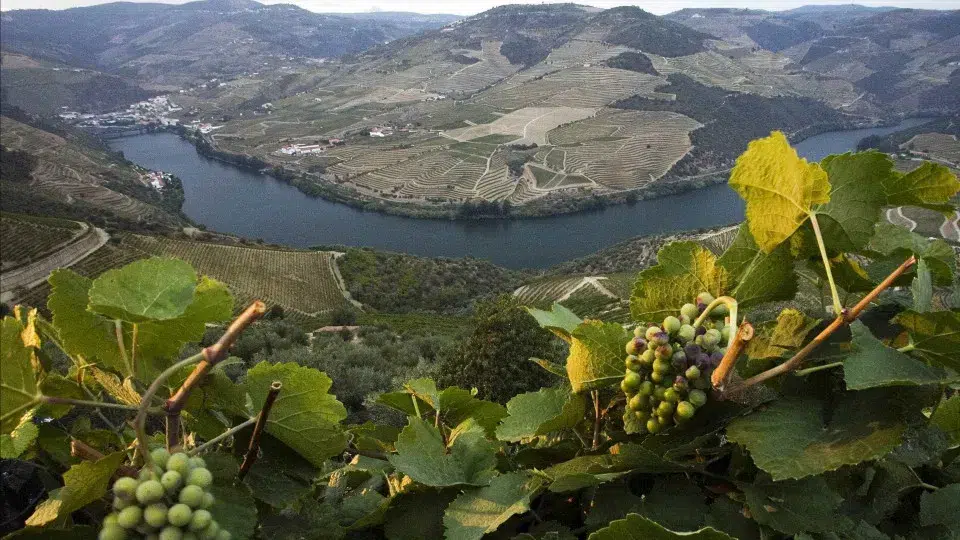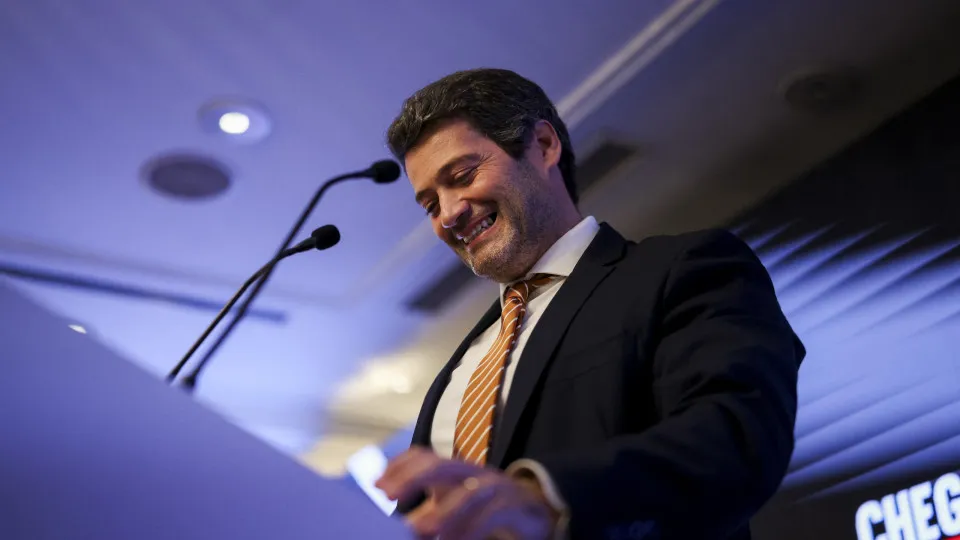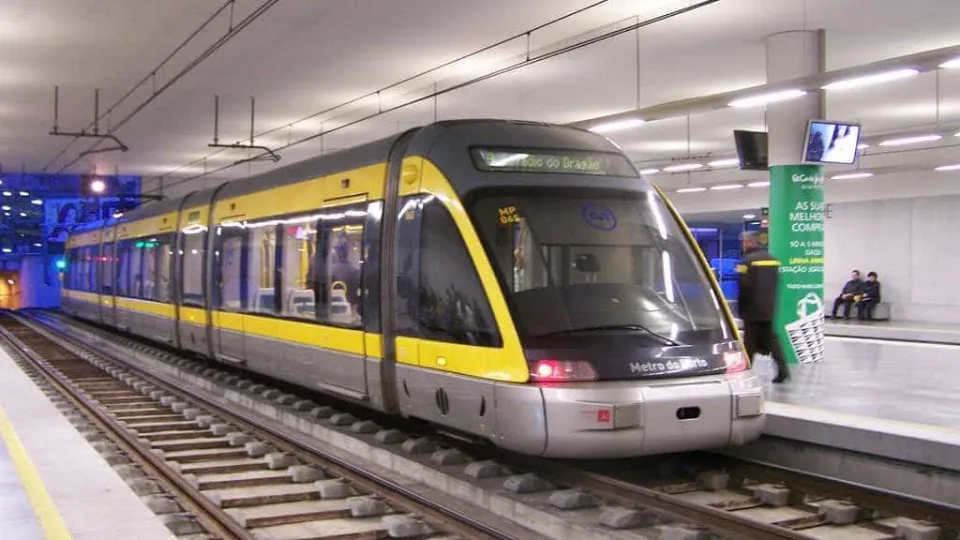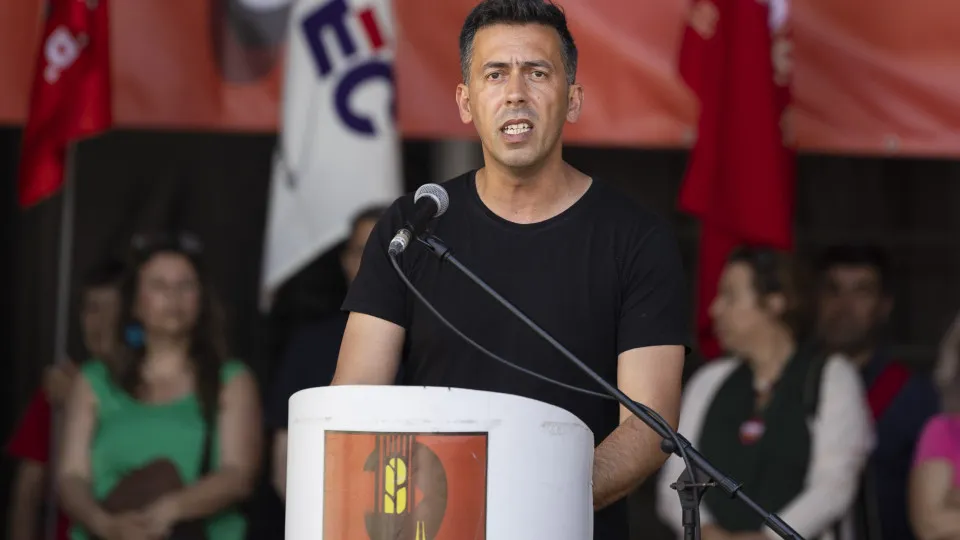
In Régua, Sabrosa, Armamar, or São João da Pesqueira, some producers report harvest losses exceeding the official estimate of 20% by the Institute of Vine and Wine (IVV). In Alijó, the reduction might not be as significant.
“There are no grapes,” stated Teresa Barbosa, a viticulturist in Sabrosa, who remarked that the measure created by the Ministry of Agriculture “would be beneficial in a year of large harvests” like 2024.
The government has approved a plan for the Douro Demarcated Region, which offers support of 50 cents per kilo of grapes delivered for distillation, with a budget allocation of 15 million euros funded by the State Budget.
This measure was established following two harvest seasons where viticulturists complained about an inability to sell their harvest and low sale prices.
The Ministry of Agriculture stated that the primary focus of the measure is on small viticulturists, ensuring them a minimum income and allowing for the reduction of wine surpluses.
There are concerns in the region regarding how the support will be implemented, while others regret its execution in a year of scarce grape supply.
“The harvest is underway, and people needed to know how to proceed. The measure was positive because it set a minimum price for grapes, below which companies could not buy, but the issue is the delay in regulation,” stated Luís Correia, a producer in the municipality of Alijó.
The 50 cents per kilo of grapes equate to 375 euros per barrel.
“Last year, I received payments of about 300 euros for grapes; many received 200, others 150, and some nothing at all,” said the viticulturist, who believed that the regulation should have been published as soon as the announcement was made last week.
He added that “if it’s 375 euros for distilling, then it should be a bit more for consumption.”
With seven hectares, he predicts a harvest similar to last year’s, around 50 to 60 barrels, with all grape production intended for sale.
Teresa Barbosa forecasts a “production loss of about 50% to 60%.”
“We are having a very bad year, and this government’s measure worsened the situation because in times of product scarcity, the one who has it is king,” she noted.
In her view, the government support sets the grape price at 375 euros per barrel, and large companies, upon seeing this value, automatically consider it as the purchase threshold.
Maria Bernardo’s production prospects are also “terrible.”
“I clearly have 50% less than what I had last year. In 2024, I had a fantastic year, and they didn’t want grapes, so I had leftover grapes in the vineyard,” said the producer from Armamar, ensuring that “the grapes that survived are good” and explained that she is in organic production mode, which “also creates more production challenges.”
In her vineyard, about 10 out of 60 tons produced remain.
Paulo Guedes from Régua didn’t have leftover grapes in the vineyard because he harvested them to make his own wine instead of selling.
This year, he expects only 30 barrels compared to 85 the previous year, considering the government’s support as “untimely.”
He recalled that in April, producers received letters from operators stating they didn’t want the grapes, leading some to neglect necessary plant treatments.
“Not all cellars, cooperatives, and winemakers will join the government’s measure,” said viticulturist Tiago Fonseca, adding that currently, he doesn’t know his position because the operator he sells to doesn’t intend to “join the distillation, like many” in São João da Pesqueira.
In his opinion, “those with grapes on the vines have two options: wait for someone to collect and distill them for brandy or leave them because many cellars pay between 100 to 170 euros per barrel.”
“And for a viticulturist, it doesn’t work because you have to account for work, used products throughout the year, personnel for harvesting, and transport to the cellar,” he warned.
Tiago Fonseca harvested 67 barrels in 2024 and estimates not surpassing 40 barrels this year.
The causes for production loss include poor growth, disease attacks like mildew and powdery mildew, sunburn, and excessive heat this summer.
Some Douro areas were also hit by fires.
The Institute of Douro and Porto Wines (IVDP) stated that an assessment of the affected vineyard area is underway.
Cost and labor shortages are other difficulties highlighted this harvest, which is further marked by a reduction in the benefit for 75,000 barrels (each 550 liters), marking a drop of 15,000 barrels in the amount of must that each producer can allocate to port wine production, a significant revenue source.
For instance, Teresa Barbosa went from a benefit of 80 barrels to 65, which signifies a “drastic reduction” in billing, as each benefit barrel corresponds to an average of 1,000 euros.




